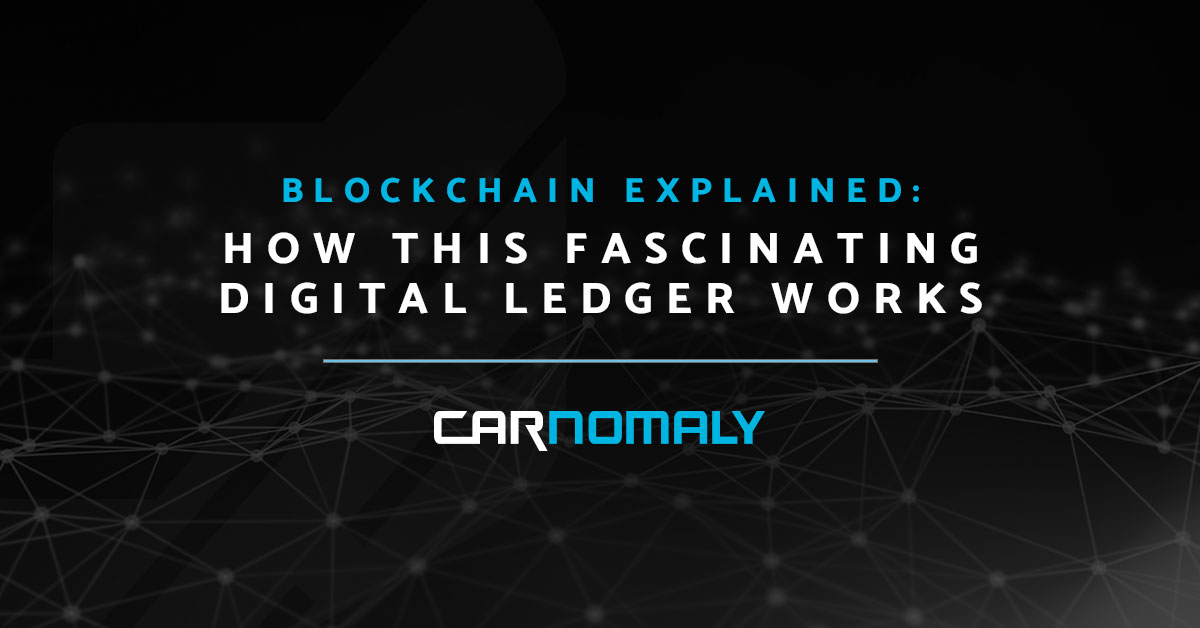Blockchain is changing the future of business and daily life, and it’s happening fast. But the topic of how blockchain technology works can be a difficult one to understand.
Blockchain technology was originally created for Bitcoin transactions by an anonymous creator who goes by the presumed alias Satoshi Nakamoto. Despite its intended application, its potential has been proven in other areas as well, and it has the potential to change many industries in fundamental ways. For example, blockchain could create more transparency in the food industry by tracking all types of food from farm to table, so consumers know what they are getting and where it came from.
However, understanding how blockchain technology works can be confusing, especially for those unfamiliar with computer science concepts like cryptography and distributed computing. This article will break down the basics of blockchain and give you some insight into what all the fuss is about.

How Blockchain Technology Works
Blockchain is a decentralized digital ledger that can be programmed to record virtually every transaction or event without relying on a centralized authority to verify each individual piece of data. Instead, transactions are verified and recorded chronologically and publicly. This allows the participants in the blockchain to keep track of all the updates without any centralized recordkeeping.
The term decentralized truly is the secret ingredient of the magic sauce that makes blockchain so powerful. A lack of a central authority like a government or a bank coupled with the fact that an entire copy of the data contained on the blockchain is stored on every single participating node means that the blockchain is immutable.
This also means that anyone can join or leave at any time without interrupting the system. There is no single point of failure since data is distributed across many locations.
The result is an easily auditable and nearly impossible-to-hack public history of every transaction ever made, such as purchases of CARR Tokens on the Ethereum blockchain.
What Are Blocks in Blockchain?
Each block in the blockchain is an official record of the transactions that take place on each end. For example, when someone sends or requests cryptocurrency, their transaction will be verified by miners and then, if successfully verified, recorded as a permanent entry in the digital ledger.
Blocks comprise three elements: the data of the transaction that is to be recorded to the ledger, a nonce, and the hash. While the data is somewhat self-explanatory, the nonce and the hash may be less familiar terms.
What is a Nonce?
A nonce is a randomly generated 32-bit whole number that produces an ever-changing hash when combined with the data in each block.
What is the Hash?
The hash is a 256-bit number linked to the nonce. This cryptographic representation of the transaction data will be stored on the blockchain as proof to help validate transactions for future blocks.
Achieving Consensus: How Data is Validated on the Blockchain
The blockchain has to be verified with each new block of data. This is done by a process called “mining.” Miners are individuals or groups who give the proverbial seal of approval for the addition of new blocks.
To confirm new blocks, validators must use specialized software to attempt to find a nonce that produces an accepted hash.
Because there are billions of potential combinations, the process of validating a new block takes time, and in some cases, enormous computational energy. Miners are therefore rewarded financially for the blocks they validate.
Proof of Work (PoW)
Proof of work is a consensus mechanism that relies on computationally difficult tasks to validate new blocks. The difficulty of the task ensures a degree of randomness in what gets validated.
This process provides protection from an individual or group forcing their will onto someone else by overwhelming them with computational power; it would take more than 50% of the total worldwide mining capacity to generate 51% of the hashing power required to compromise the network’s security.
Proof of Stake (PoS)
Proof of stake is a consensus mechanism for reaching an agreement on the blockchain, similar to proof-of-work, however, this algorithm typically requires an initial input of capital in order to participate effectively in the validation process.
In Proof of Stake (PoS), new blocks are not created randomly by nodes competing against each other; instead, they have their opportunity determined mathematically based on how much wealth those nodes possess relative to others within the network’s trusted set.
While capital requirement has led many crypto purists and decentralization proponents to eschew proof-of-stake as fundamentally at odds with blockchain’s core principles, concerns over the carbon footprint of traditional mining have led major blockchains like Ethereum to commit to making the switch to this more environmentally friendly alternative.
The Backstory of Blockchain
First conceptualized in 1991 as part of an idea for the digital currency Bitcoin, blockchain was described by its inventor – Satoshi Nakamoto – to be “a system for electronic transactions without relying on trust.”
In 2008, after years of research and development, the first successful decentralized cryptocurrency became known as Bitcoin. It used blockchain technology to solve double-spending issues that have plagued traditional currencies since their inception, without a centralized authority like a bank or government institution.
Since then, there has been increased interest from developers who are looking at ways to apply this revolutionary concept to many industries around the world, including finance (eCommerce), health care management (medical records), the automotive industry, and logistics (supply chain).
Beyond Bitcoin: The Most Widely Used Blockchains in 2021
Blockchain is more than just Bitcoin. There are hundreds of blockchains in existence, and many of them have nothing at all to do with cryptocurrency.
Here are just a few examples of some of the most widely used blockchains in 2021:
Ethereum
Ethereum’s smart contract technology allows developers to create “trustless” transactions that are executed automatically without an intermediary or centralized authority like a bank or government institution. This has applications in finance (eCommerce), health care management (medical records), automotive industry, supply chain logistics, etc.
IBM Blockchain Platform
IBM Blockchain Platform is a Hyperledger-based, open-source distributed ledger that developers can use to build secure and scalable networks for any asset. It includes various components such as the IBM Blockchain Platform Starter Plan, an end-to-end blockchain learning solution.
Hyperledger Fabric
Built with enterprise uses in mind, Hyperledger Fabric is one of the most widely used enterprise blockchain frameworks. It provides modularity while also maintaining privacy between organizations and people who work together on shared ledgers within an organizational context.
Blockchain in the Automotive Industry
One industry that has seen a lot of blockchain research is the automotive industry. Blockchain can be used as a public ledger for vehicle data like title records and insurance claims when applied to this field. This information could then be stored on various nodes in an immutable database, which would make it difficult to tamper with because no single entity controls the network or manages access permissions (e.g., only authorized users have permission).
This type of system also allows for ownership transfer from one person or group to another without needing any third-party verification other than those involved in the transaction — preventing fraud while still maintaining some level of privacy where desired by individuals who may not want their private personal information shared publicly.
Blockchain technology is poised to transform the automotive industry in a multitude of ways. Some of these include:
Vehicle Records
Traditional vehicle records are only as good as the information they contain, which is often incomplete. Storing vehicle maintenance information as well as logging ownership transfers, upgrades, and more on the blockchain creates an immutable and clear picture of a vehicle’s true history.
Supply Chain Management
Automotive supply chains can become significantly shorter since vendors don’t need physical access points like ports and warehouses anymore when they use blockchain; instead, goods simply go directly between them and buyers.
Lending
When coupled with additional technology like DeFi lending — a peer-to-peer lending system like CarrDeFi — blockchain has the potential to give the automotive industry a complete overhaul.

What's In Store for The Future of Blockchain
We know today that blockchain has been heavily influenced by bitcoin. Since its inception, there have already been countless applications using some form of distributed ledger technology (DLT) or another.
While the terms may be unfamiliar and the concept challenging to grasp for those of us who are less tech-inclined, the implications of this technology are far-reaching. In fact, at least some aspect of your life is likely impacted by blockchain already.
Blockchain is here to stay, and current applications are only beginning to scratch the surface. While you may not be a blockchain expert just yet, hopefully, you now have a foundational understanding of how blockchain works and the various moving parts and stakeholders that make it all come together.
What questions do you have about blockchain? Tweet us @carnomaly.


